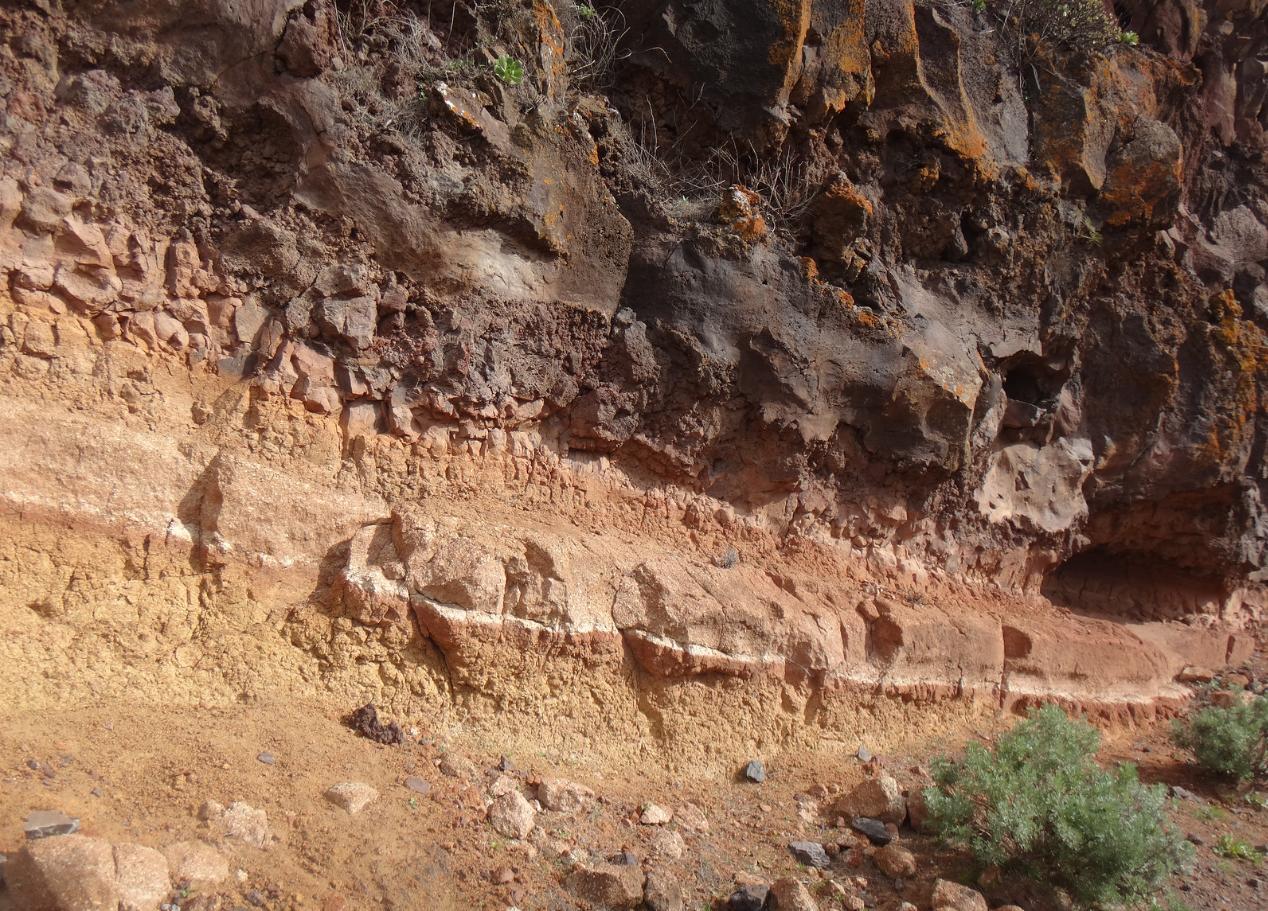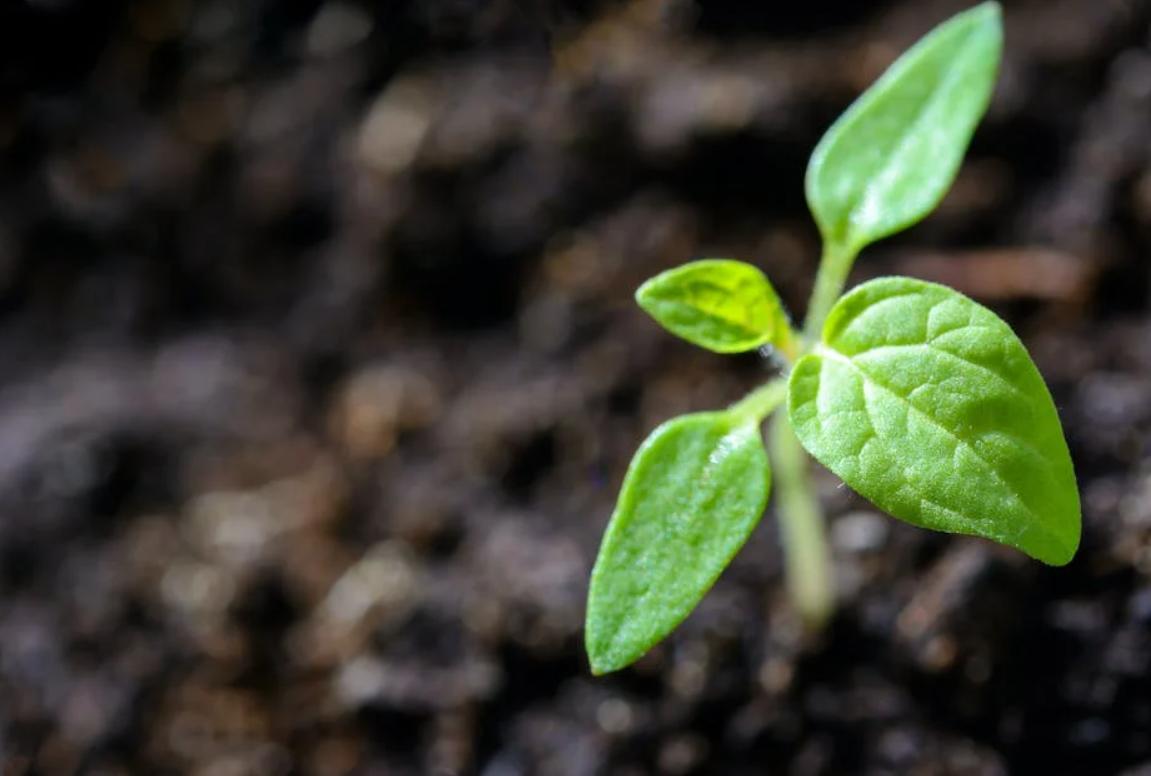What is Soil Science Study? - Definition and Importance


Soil science is the study of soil, a complex natural system that plays a vital role in agriculture, environmental protection, and human health. Soil is a mixture of minerals, organic matter, air, and water that supports plant growth and provides habitat for a wide range of organisms. Soil scientists study all aspects of soil, including its physical, chemical, and biological properties. They also investigate how soil is formed, how it changes over time, and how it can be managed for sustainable use.
The following article from thedailyECO explores the definition and significance of soil science.
What is soil science and what does it study?
Soil science is the scientific study of soil, its composition, structure, and the processes that shape it.
It is an interdisciplinary field that draws on chemistry, biology, and geology to understand the complex dynamics of the soil ecosystem.
Soil scientists recognize the soil as a complex and interconnected system where physical, chemical, and biological factors interact dynamically. The soil ecosystem influences and is influenced by climate, land use, and management practices.
Soil scientists play a crucial role in developing and promoting sustainable agricultural practices that improve soil health, increase crop yields, and reduce environmental impacts. They also work to protect soil from erosion, contamination, and other threats.
Soil science is essential for environmental protection. Soil erosion can lead to water pollution and the loss of valuable topsoil. Soil contamination can pollute groundwater and make food unsafe to eat. Soil scientists develop and promote practices to reduce soil erosion and contamination, such as contour farming, terracing, and buffer strips. They also work to reclaim contaminated soil and restore it to its original condition.

Soil classification
Soil classification is a vital aspect of Soil Science, providing a systematic framework to understand the diverse array of soils that blanket the Earth.
Soil taxonomy, a hierarchical system developed by soil scientists, forms the backbone of this classification. It categorizes soils based on their properties, facilitating communication among scientists, land managers, and policymakers.
Soil Taxonomy takes into account soil characteristics such as:
- Texture
- Color
- Structure
- Mineral composition
By grouping soils into orders, suborders, and other categories, it creates a standardized language for describing and categorizing soils globally. This systematic approach allows for the comparison of soils across regions, aiding in the development of informed land management strategies.

Soil taxonomy
Within soil taxonomy, soils are broadly classified into orders, each representing a group with distinct properties and characteristics. Some of the major soil orders include:
- Entisols: these are young soils with minimal development, often found in areas with recent geological activity.
- Inceptisols: intermediate in development, Inceptisols exhibit more pronounced soil horizons than Entisols, showcasing some weathering and soil formation processes.
- Andisols: formed from volcanic ash, Andisols are rich in minerals and often found in volcanic regions, offering unique agricultural potential.
- Aridisols: typically found in arid regions, Aridisols have limited soil moisture and distinct horizons due to the arid climate.
- Mollisols: recognized for their fertility, Mollisols are often associated with grasslands and are extensively used in agriculture.
- Ultisols: weathered and leached soils, Ultisols are common in humid regions, featuring a clay-rich B horizon.
- Oxisols: formed in tropical climates with high rainfall, Oxisols are characterized by intense weathering and the presence of iron and aluminum oxides.
Soil classification plays a pivotal role in land use planning, guiding decisions on agriculture, forestry, urban development, and conservation. By knowing the soil type and its inherent properties, planners can tailor land use practices to optimize productivity while minimizing environmental impact.
For agriculture, the classification informs decisions on crop selection, irrigation, and fertilization strategies. In forestry, it aids in sustainable management practices, considering the soil's ability to support different tree species.
In urban planning, understanding soil characteristics is essential for infrastructure development, managing stormwater, and preserving green spaces.
Dig deeper into the world of soil science with our article on horizon layers.
History of soil science
The narrative of soil science unfolds across centuries, woven by the hands of farmers, insights from early scientists, and the imperative to comprehend the very ground beneath us.
In the early stages, ancient civilizations cultivated the land, experimenting with diverse crops and recognizing how agricultural practices influenced soil fertility. However, a formalized approach to soil science emerged later, notably during the Agricultural Revolution.
The 17th and 18th centuries witnessed a pivotal shift as scientists delved into agricultural chemistry. Pioneers like Johann G. Glauber and John Woodward probed the intricacies of plant nutrition and soil fertility, laying the foundation for a systematic understanding of the earth beneath the plow.
In the 19th century, Russian geologist Vasily V. Dokuchaev introduced "pedology," emphasizing the interconnectedness of soil with its geological origins, climate, and surrounding vegetation. This marked the germination of a distinct scientific discipline.
The 20th century highlighted the urgency of soil conservation, especially during the Dust Bowl crisis in the 1930s in the United States. Visionaries like Hugh Hammond Bennett championed soil conservation practices, leading to the establishment of agencies such as the Soil Conservation Service.
During this era, soil classification systems, notably Soil Taxonomy, were developed. This provided a universal language for describing and categorizing soils. The mid-20th century witnessed international collaboration among soil scientists, bringing order to the seemingly chaotic diversity of soils globally.
The late 20th century and beyond witnessed unprecedented advancements in soil chemistry and biology. Technological breakthroughs allowed a glimpse into the microscopic realm of soil microbes and their crucial roles in nutrient cycling. This understanding paved the way for more sustainable agricultural practices and improved soil management.
The story of soil science continues to evolve, driven by ongoing research into the impacts of climate change on soils, the potential of soil carbon sequestration, and the development of precision agriculture technologies.

Importance of soil science
The importance of soil science spans across various facets of human life and environmental well-being. Here's a comprehensive overview of its significance:
Agricultural productivity
- Soil fertility management: soil science provides insights into the nutrient composition, structure, and health of soils. This knowledge is crucial for implementing effective fertilization strategies, optimizing crop yield, and ensuring food security.
- Sustainable agriculture: soil conservation practices, guided by soil science, prevent soil erosion, degradation, and nutrient loss. Techniques such as contour plowing, cover cropping, and terracing contribute to sustainable agricultural practices, preserving arable land for future generations.
- Precision agriculture: advances in soil science enable precision agriculture, where farmers utilize technology to monitor soil variations and apply inputs precisely. This approach enhances resource efficiency, minimizes environmental impact, and improves overall farm management.
Environmental conservation
- Carbon sequestration: soil acts as a vital carbon sink. Soil scientists study carbon sequestration processes, aiming to enhance soil's ability to capture and store carbon. This contributes to global efforts to mitigate climate change by reducing atmospheric carbon dioxide levels.
- Water quality and conservation: soil science informs practices that improve water infiltration, reduce runoff, and control erosion. Healthy soils act as natural filters, enhancing water quality and contributing to water conservation efforts.
- Biodiversity preservation: soil biodiversity is critical for ecosystem health. Soil scientists study the intricate relationships between soil microorganisms, plants, and the broader ecosystem. Preserving soil health contributes to the overall well-being of ecosystems, supporting diverse flora and fauna.
Global sustainability
- International Collaboration: soil science fosters global collaboration, as evidenced by initiatives like the International Year of Soils. Collaborative efforts contribute to a collective understanding of soil health, promoting sustainable practices and addressing global challenges like food security and environmental sustainability.
- Research and innovation: ongoing research in soil science explores emerging challenges, such as the impacts of climate change on soils. Innovations in soil management technologies, precision agriculture, and sustainable practices contribute to the continuous improvement of global agricultural and environmental sustainability.
In essence, the importance of soil science lies in its multifaceted contributions to agriculture, environmental conservation, and global sustainability. It serves as a foundational discipline, guiding human activities to ensure the responsible stewardship of one of our most vital resources: the soil beneath our feet.
Discover the rich tapestry of geodiversity that shapes our planet in our next article.
If you want to read similar articles to What is Soil Science Study? - Definition and Importance, we recommend you visit our Environment (other) category.








